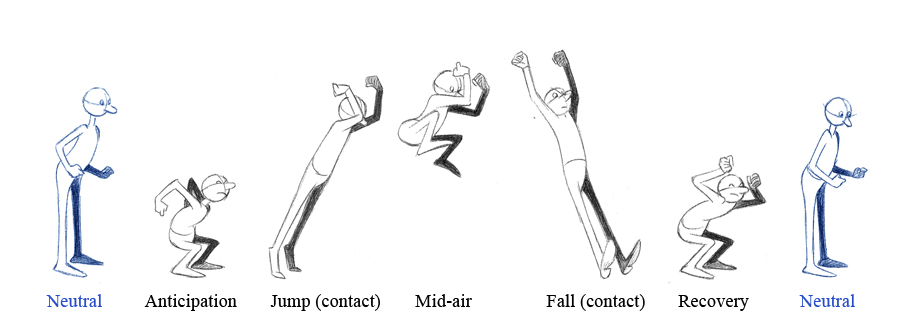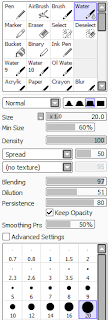Anticipation!

Anticipation is a very similar idea - a character is going to get ready for an action with a little bit of preparation. A good example of this is the sneeze - a lot of facial wiggling and head movement happens before the explosion:
How does this guy's face prepare to get hit by a water balloon?
How does this player move to prepare to hit the ball?
How does Jessica prepare to react to the news - "30 minutes???"
Assignment:
Today and tomorrow, please make an animation of your choice that:
- is planned with a storyboard.
- reaches at least 50 frames for 5 seconds in Easytoon.
- shows both squash and stretch and anticipation.
Day 1:
- Plan a storyboard of 8 keyframes.
- Turn this in as a drawing.
- Begin to tween your keyframes.
Day 2:
- Finish inbetweening your animation.
